
Code: 10836572
Physiology of Astroglia
by Alexei Verkhratsky, Vladimir Parpura
Astrocytes can be defined as the glia inhabiting the nervous system with the main function in the maintenance of nervous tissue homeostasis. Classified into several types according to their morphological appearance, many of astroc ... more
- Language:
 English
English - Binding: Paperback
- Number of pages: 172
Publisher: Morgan & Claypool Publishers, 2015
- More about this

You might also like
Give this book as a present today
- Order book and choose Gift Order.
- We will send you book gift voucher at once. You can give it out to anyone.
- Book will be send to donee, nothing more to care about.
More about Physiology of Astroglia
You get 212 loyalty points
 Book synopsis
Book synopsis
Astrocytes can be defined as the glia inhabiting the nervous system with the main function in the maintenance of nervous tissue homeostasis. Classified into several types according to their morphological appearance, many of astrocytes form a reticular structure known as astroglial syncytium, owing to their coupling via intercellular channels organized into gap junctions. Not only do astrocytes establish such homocellular contacts, but they also engage in intimate heterocellular interactions with neurons, most notably at synaptic sites. As synaptic structures house the very core of information transfer and processing in the nervous system, astroglial perisynaptic positioning assures that these glial cells can nourish neurons and establish bidirectional communication with them, functions outlined in the concepts of the astrocytic cradle and multi-partite synapse, respectively. Astrocytes possess a rich assortment of ligand receptors, ion and water channels, and ion and ligand transporters, which collectively contribute to astrocytic control of homeostasis and excitability. Astroglia control glutamate and adenosine homeostasis to exert modulatory actions affecting the real-time operation of synapses. Fluctuations of intracellular calcium can lead to the release of various chemical transmitters from astrocytes through a process termed gliotransmission. Sodium fluctuations are closely associated to those of calcium with both dynamic events interfacing signaling and metabolism. Astrocytes appear fully integrated into the brain cellular circuitry, being an indispensable part of neural networks.
 Book details
Book details
Book category Books in English Medicine Clinical & internal medicine Neurology & clinical neurophysiology
84.42 €
- Full title: Physiology of Astroglia
- Subtitle: Channels, Receptors, Transporters, Ion Signaling and Gliotransmission
- Author: Alexei Verkhratsky, Vladimir Parpura
- Language:
 English
English - Binding: Paperback
- Number of pages: 172
- EAN: 9781615046720
- ISBN: 9781615046720
- ID: 10836572
- Publisher: Morgan & Claypool Publishers
- Weight: 336 g
- Dimensions: 192 × 234 × 11 mm
- Date of publishing: 30. March 2015
Trending among others
-

The Reason I Jump
11.07 € -13 % -

End of Alzheimer's
17.32 € -27 % -

Parent's Guide to High-Functioning Autism Spectrum Disorder
21.75 € -

Aspergirls
18.83 € -17 % -
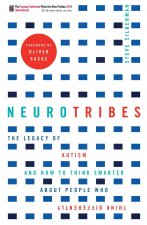
NeuroTribes
18.63 € -22 % -

Healing and Preventing Autism
15.10 € -20 % -
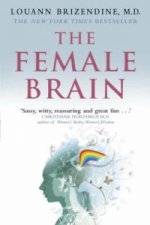
Female Brain
11.38 € -27 % -

Neurology Secrets
44.32 € -11 % -

Stop Autism Now!
21.45 € -

Early Start for Your Child with Autism
19.64 € -5 % -
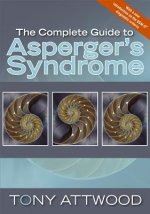
Complete Guide to Asperger's Syndrome
26.99 € -19 % -

Marriage and Lasting Relationships with Asperger's Syndrome (Autism Spectrum Disorder)
21.45 € -27 % -
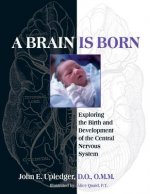
Brain Is Born
41.30 € -17 % -
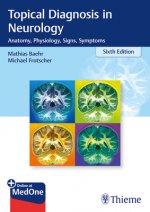
Topical Diagnosis in Neurology
72.43 € -14 % -
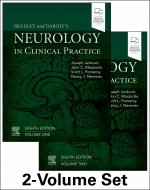
Bradley and Daroff's Neurology in Clinical Practice, 2-Volume Set
496.01 € -1 % -

Stranger in the Mirror
15.20 € -23 % -
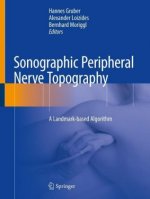
Sonographic Peripheral Nerve Topography
148.50 € -4 % -

PDA in the Therapy Room
23.87 € -6 % -

22 Things a Woman with Asperger's Syndrome Wants Her Partner to Know
17.32 € -6 % -
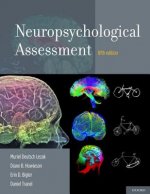
Neuropsychological Assessment
255.51 € -

How To Be Autistic
13.29 € -7 % -
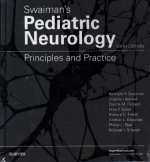
Swaiman's Pediatric Neurology
289.87 € -14 % -
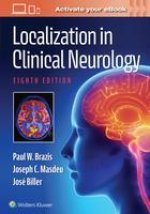
Localization in Clinical Neurology
243.92 € -10 % -
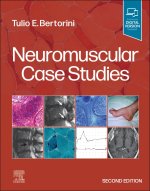
Neuromuscular Case Studies
177.93 € -13 % -
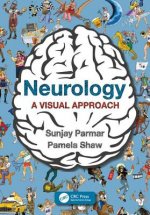
Neurology
31.73 € -9 % -

Engaging Primitive Anxieties of the Emerging Self
56.72 € -

Peripheral Neuropathy & Neuropathic Pain
33.64 € -17 % -

Animal-assisted Interventions for Individuals with Autism
28.10 € -

Visual Support for Children with Autism Spectrum Disorders
28.81 € -18 % -

Gut and Psychology Syndrome
25.28 € -18 % -
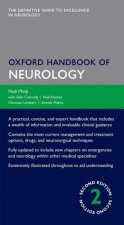
Oxford Handbook of Neurology
46.44 € -2 % -

Living Well on the Spectrum
27.29 € -

101 Games and Activities for Children With Autism, Asperger's and Sensory Processing Disorders
15.20 € -28 % -
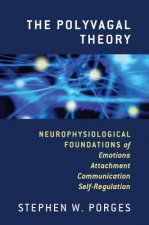
Polyvagal Theory
44.73 € -10 % -
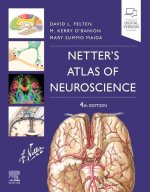
Netter's Atlas of Neuroscience
67.40 € -12 % -
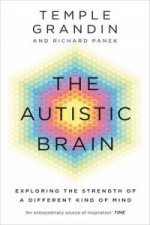
Autistic Brain
16.72 € -24 % -

Women and Girls with Autism Spectrum Disorder
23.97 € -6 % -

What to Feed an Asperger
22.46 € -6 % -

1001 Great Ideas for Teaching and Raising Children with Autism or Asperger's
20.95 € -18 % -

Asperger Syndrome (Autism Spectrum Disorder) and Long-Term Relationships
22.56 € -6 % -

Aspergers and Adulthood
13.59 € -24 % -

Schema Therapy
58.53 € -

Pretending to be Normal
19.74 € -20 % -

Food Refusal and Avoidant Eating in Children, including those with Autism Spectrum Conditions
26.39 € -10 % -
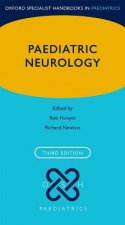
Paediatric Neurology
107.70 € -
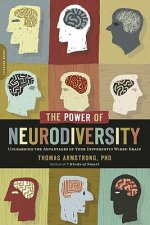
Power of Neurodiversity
13.79 € -23 % -

Look Me in the Eye
15.20 € -28 % -

Every Word is a Bird We Teach to Sing
11.27 € -28 % -
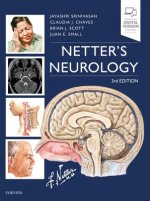
Netter's Neurology
97.93 € -12 %
Collection points Bratislava a 2642 dalších
Copyright ©2008-24 najlacnejsie-knihy.sk All rights reservedPrivacyCookies






 15549 collection points
15549 collection points Delivery 2.99 €
Delivery 2.99 € 02/210 210 99 (8-15.30h)
02/210 210 99 (8-15.30h)